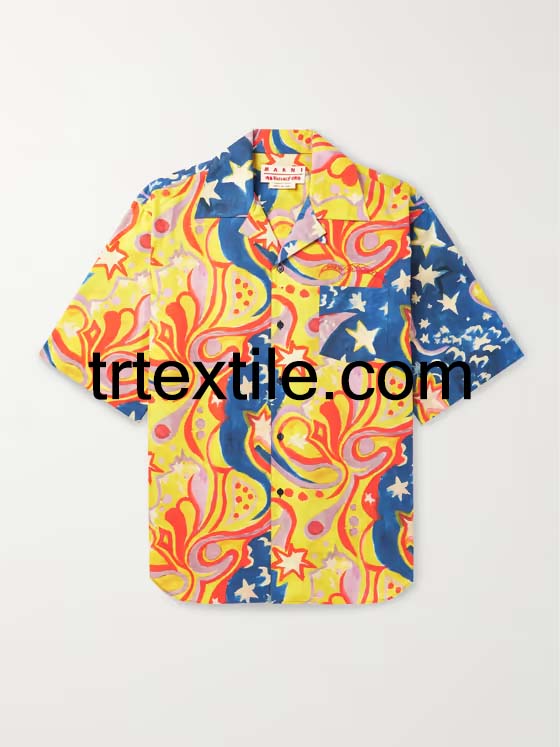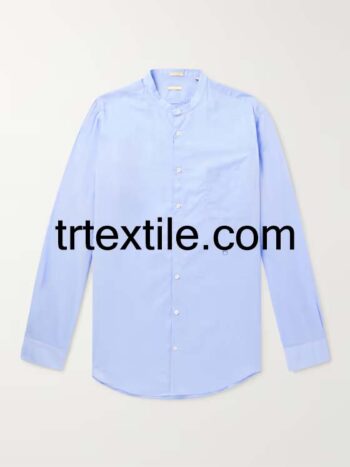Shirt sewing sample production is an important step in the garment manufacturing process. It involves creating a prototype of the shirt before moving on to full-scale production. This allows designers and manufacturers to test the design, fit, and construction of the shirt before committing to a large order.
The first step in shirt sewing sample production is creating a pattern. This involves taking the designer’s sketch or technical drawing and turning it into a physical pattern that can be used to cut the fabric. The pattern is typically made from paper or cardboard and includes all the necessary pieces for the shirt, such as the front, back, sleeves, and collar.
Once the pattern is complete, it is used to cut the fabric for the shirt. The fabric is laid out on a cutting table, and the pattern pieces are placed on top. The fabric is then cut according to the pattern, ensuring that all pieces are cut to the correct size and shape.
Next, the cut fabric pieces are sewn together to create the shirt. This involves using a sewing machine to stitch the pieces together along the seams. The shirt is then pressed to remove any wrinkles and give it a polished finish.
After the shirt is sewn together, it is fitted on a dress form or model to check the fit and drape of the garment. Any necessary adjustments are made at this stage to ensure that the shirt fits properly and looks flattering on the body.
Once the shirt sewing sample is complete, it is presented to the designer for approval. The designer will evaluate the sample for quality, fit, and overall appearance. Any changes or modifications that need to be made will be noted, and the sample may go through several rounds of revisions before it is approved for production.
After the shirt sewing sample is approved, it can move into full-scale production. This involves cutting and sewing multiple shirts using the approved pattern and design. The production process may be done in-house at a factory or outsourced to a third-party manufacturer.
Overall, shirt sewing sample production is a crucial step in the garment manufacturing process. It allows designers and manufacturers to test their designs and make any necessary adjustments before moving on to full-scale production. By creating a high-quality sample, companies can ensure that their final product meets their standards and the expectations of their customers.




